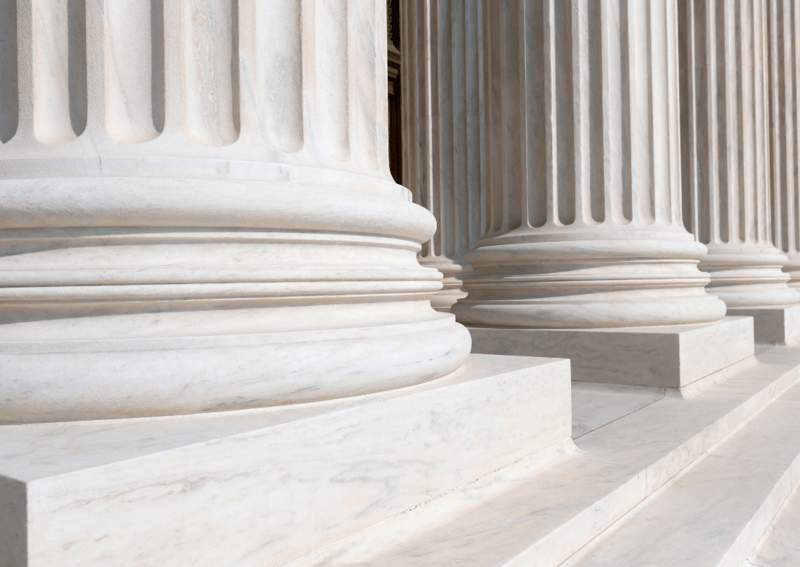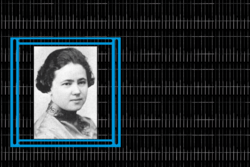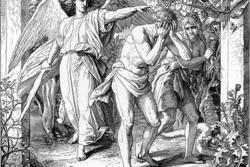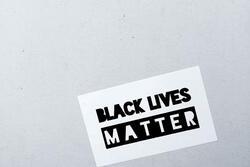Injustice in the Justice System: An Inside Look at the US District Court House
One year ago, I had the opportunity to intern at the US District Court House. Every morning I woke up, zipped on a modest gray dress and black boots, and walked to the Metro with my earbuds blasting Billy Joel. Upon arriving at the courthouse, I sat at my desk and scrolled through the daily schedule on my computer. My nerdy self felt elated at the possibility of watching our justice system in action. I began regularly attending hearings, captivated by the work of the public defense attorneys. Yet I soon recognized an eerie pattern, both in the cases that were brought forth and in the defendants’ backgrounds. These cases highlighted the racial injustice that is rooted in our country’s history and extends to our present. They opened my eyes to not only the appalling inequity in our nation but also to the immense privilege that I carry with me as a white person.
The cases often looked like this: the defendant, a young or middle-aged Black man, would be called to the stand. The defendant would begin the process of pleading guilty to the charge(s). The judge then would ask questions to ensure that the defendant was not being coerced by family, friends, or attorney (The process of pleading guilty was lengthier than I’d initially anticipated). The judge would start the interaction with background questions: “What is your name?,” “Where are you from?,” and so on. The defendant would typically respond that he was from Southeast DC (one of the poorest areas in our nation’s capital). The questions continued. The judge would ask if the defendant had finished high school—to which the answer was usually no. Did the defendant know how to read? Yes, but poorly. The conversation eventually would end and the defendant would go on to face the repercussions of his guilty plea, the judge would try another case, the lawyers would defend another person. During the length of my short internship, I saw this scenario unfold over and over again: it was like the movie Groundhog Day.
There's a reason that my time in the courtroom felt like it was a recurring sequence; one out of every three Black boys born today can expect to be sentenced to prison. This statistic is rooted in the white supremacy core to our country’s foundation; the institution of slavery, a lack of reparations, and the systemic racism and inequality that courses through our nation's blood have together to generate a racial wealth gap and extreme poverty among marginalized communities. There’s a positive correlation between the aforementioned poverty and the number of crimes reported in a neighborhood. Socio-economic status has a strong impact on educational opportunities; poverty impedes a person’s ability to acquire a job. Living in the aggressively capitalist society that we do, people are forced to take extreme measures to provide for their families and themselves. Areas like Southeast DC are subject to over-policing, racial profiling, and law enforcement’s racial biases; arrests of Black people occur at five times the rate than arrests of white people.
Of course, the system doesn’t get any fairer once the defendant enters it. A report completed by the United States Sentencing Commission in 2017 found that Black men who commit the same crime as white men receive federal prison sentences that are, on average, nearly 20 times longer than that of their white counterparts. Judges are also less likely to reduce Black offenders’ sentences than they are for white offenders, and prosecutors are more likely to charge Black people than they are to charge white people.
This flood of statistics and information might feel overwhelming (whether it's new or known). I sat in those courtrooms and watched trial after trial, emotion and self-awareness overwhelming me; with each trial, I became more conscious of the privilege and power (or lack thereof) that poisons every part of our society. The history of our country and the color of my skin has given me incredible opportunities and a remarkable amount of privilege. I stood up on the final day of my internship, put on my Billy Joel-playing earbuds, and left that courthouse committed to individual improvement, change, and impact. My job is to amplify the voices and stories of these men and the systems of injustice in the US.
There are so many resources for learning more, and my first recommendation to consider and consult is T’ruah. T’ruah, “a powerful Jewish human rights movement,” calls on both rabbinic and non-rabbinic members of the Jewish community to take action in the name of tzedek, or justice. They have an ongoing campaign to end mass incarceration and support police reform. This work can only be made a reality if communities across the US pitch in and come together. Whether you have the capacity to donate to organizations like T’ruah, learn from and educate your communities with T’ruah’s “Handbook for Jewish Communities Fighting Mass Incarceration,” or through another approach entirely, advocacy and education are crucial. So please, act.
This piece was written as part of JWA’s Rising Voices Fellowship.







